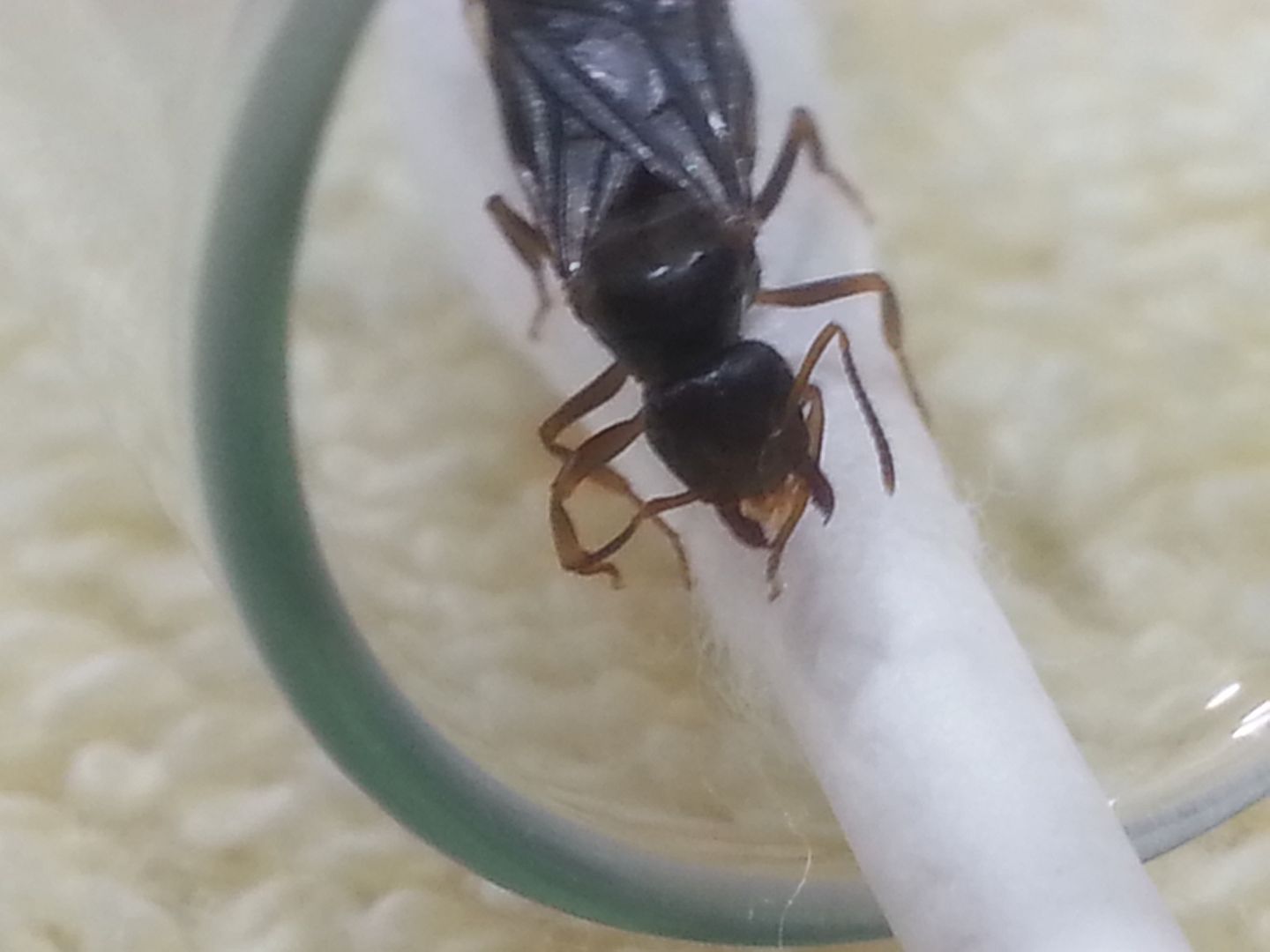1. Drowning in my cats water outside my door. Lynnwood, Washington. USA.
2. 9-16-16 Date of collection
3. Cat water… lol I don’t know
4. 7mm Length
5. Orangeish-brown Coloration. Shiny.
6. one petiole, wings, 11 antennal segments.
7. Flexible hehe. She was just trying to dry herself off. I hope she survives the almost drowning event!



http://i108.photobucket.com/albums/n23/shareallicu/Side%20tummy.jpg


Thanks a LOT!! ![]()
Here are some closeups on her head. I hope these are clear enough to see her enough to identify.


Edited by Shareallicu, September 17 2016 - 8:12 AM.















